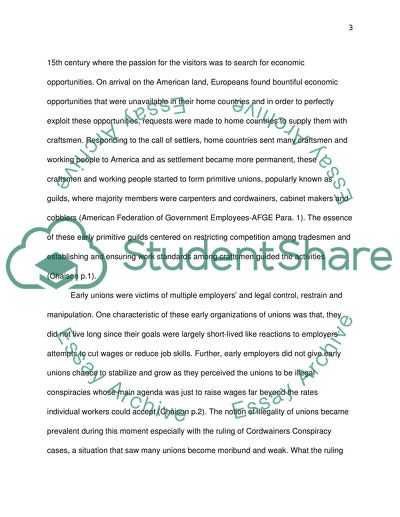Cite this document
(History of Unions in America Term Paper Example | Topics and Well Written Essays - 2794 words, n.d.)
History of Unions in America Term Paper Example | Topics and Well Written Essays - 2794 words. Retrieved from https://studentshare.org/human-resources/1391797-unions-in-americal
History of Unions in America Term Paper Example | Topics and Well Written Essays - 2794 words. Retrieved from https://studentshare.org/human-resources/1391797-unions-in-americal
(History of Unions in America Term Paper Example | Topics and Well Written Essays - 2794 Words)
History of Unions in America Term Paper Example | Topics and Well Written Essays - 2794 Words. https://studentshare.org/human-resources/1391797-unions-in-americal.
History of Unions in America Term Paper Example | Topics and Well Written Essays - 2794 Words. https://studentshare.org/human-resources/1391797-unions-in-americal.
“History of Unions in America Term Paper Example | Topics and Well Written Essays - 2794 Words”, n.d. https://studentshare.org/human-resources/1391797-unions-in-americal.


